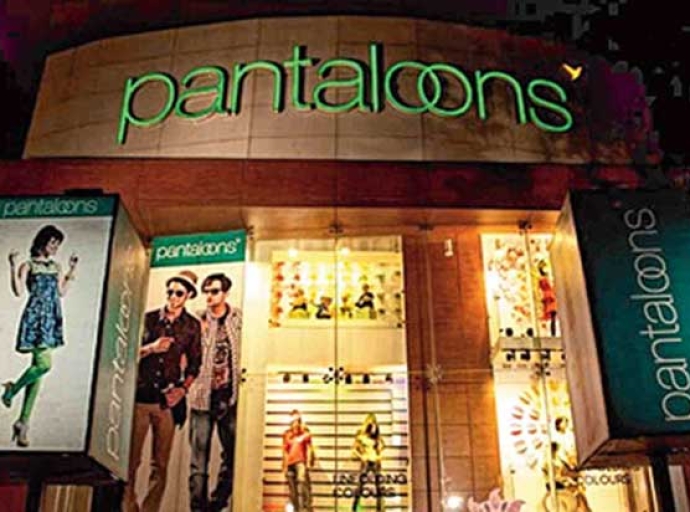E-commerce and ethnic wear boost India's MSME apparel sector growth

14 August 2024, Mumbai
India's MSME sector is the backbone of its burgeoning apparel industry, contributing significantly to the nation's GDP and employment. With a market estimated at Rs 140 billion ($17 billion) in FY23, the sector has been growing at a CAGR of around 12 per cent in the past few years. Experts predict this growth will continue, with the market projected to reach Rs 220 billion ($26 billion) by FY27.This sector, characterized by its agility, adaptability, and employment generation, is experiencing a period of robust growth, albeit with its share of challenges.
What is driving the market
Several factors are pushing up growth of the MSME apparel sector. Ever growing domestic consumption along with rising disposable incomes and urbanization is a major driver. Moreover, the growing preference for ethnic wear, coupled with the government's initiatives to promote 'Make in India,' has created a conducive environment for MSMEs.
The sector has also benefited from the growing popularity of e-commerce platforms, providing a wider reach for these businesses. The domestic market is booming for apparel, and MSMEs are well-positioned to capitalize on this opportunity. The government's focus on skill development and infrastructure is also creating a positive environment, say experts.
Despite the promising growth prospects, the MSME apparel sector faces several challenges. Access to finance, particularly for working capital and expansion, remains a significant hurdle. Fluctuations in raw material prices impact profitability. The sector also grapples with infrastructure bottlenecks, such as power shortages and inadequate transportation facilities. Additionally, the lack of skilled manpower and the rising cost of raw materials are impacting profitability. As a stakeholder points out MSMEs often face difficulties in securing loans from banks and financial institutions. This hampers their ability to scale up operations and invest in technology. And then there is growing global competition, especially from countries like Bangladesh and Vietnam, which hinder growth.
Integration with supply chains
The MSME apparel sector is deeply integrated into both domestic and global supply chains. Most large apparel brands rely on MSMEs for manufacturing, embroidery, and other value-added services. However, there is scope for further strengthening these linkages through better coordination and technology adoption.
The sector needs to focus on adopting advanced technologies like automation and AI to improve efficiency and reduce costs. This will help MSMEs become more competitive in the global market,says an industry analyst.
The Indian government has recognized the importance of the MSME apparel sector and has implemented several initiatives to support its growth. These include:
Financial assistance: Schemes like MUDRA and NSIC provide credit facilities to MSMEs.
Infrastructure development: Investments in textile parks and common facility centers are improving infrastructure.
Skill development: Programs are being implemented to enhance the skill set of the workforce.
The future of the MSME apparel sector is promising. With continued government support, technological advancements, and a focus on sustainability, the sector is poised to become a global leader.
Latest Publications
































